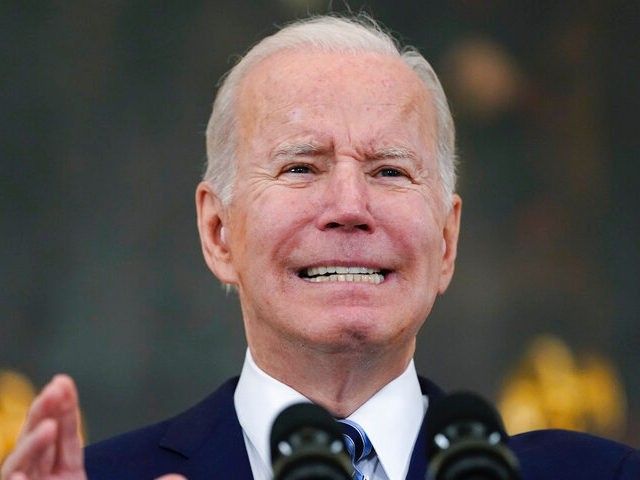U.S. business inventories grew sharply in December, likely boosting growth at the end of last year but casting a shadow over the current quarter and reflecting decades high inflation.
Business inventories increased 2.1 percent after rising an upwardly 1.5 percent in November, the Commerce Department said on Wednesday. Inventory growth is a key component of overall economic growth as measured by gross domestic product.
Periods of inventory growth, however, are uncertain indicators about economic developments. Inventory growth can occur because of planned investment by businesses in anticipation of rising demand for goods, generally a bullish sign for economic growth. But inventories can also grow involuntarily when businesses are left with unsold products because consumer or business spending falls short of expectations.
Retail inventories jumped 4.2 percent in December, slightly less than the earliest estimate published last month. That followed a two percent increase in November. Retail inventories excluding autos rose 3.3 percent, cowardly revised from 3.6 percent estimated last month.
Inventory investment increased at a seasonally adjusted annualized rate of $173.5 billion in the fourth quarter, the second-largest quarterly increase on record.
There is some evidence that a large portion of the December retail increase was involuntary rather than the result of a planned expansion. December retail sales declined by 2.5 percent compared with November, far more than the 0.1 percent decline projected by analysts. This unexpected decline likely left businesses with more inventory than anticipated. Business sales fell 0.7 in December after increasing 1.1 percent in November.
The economy has been buffeted by the pandemic, shortages, and inflation in ways that have made consumer behavior harder to predict. Last year, consumers spent more than expected in September and October, likely because they had headed the advice of those predicting shortages and higher prices during the traditional holiday sales. Businesses saw the strength of those early sales as foreshadowing strong sales through the end of the year when they really appeared to have just been stolen from the future. Fearing shortages if demand came in strong, they stocked up on goods, only to be disappointed in November and December.
Motor vehicle inventories rose 6.8 percent, matching the earlier estimate. They rose 4.2 percent in November. While this points toward a lifting of some of the supply chain challenges that have hampered automakers, a separate report from the Federal Reserve showed auto manufacturing declined in January, probably because of omicron-variant driven infections and quarantine rules.
Inventories are up 10.5 percent on a year-on-year basis and now appear to be returning to something like normal levels after spending most of the last two years abnormally low. That may mean inventory growth will contribute less to growth in the coming year.

Changes in inventories appear to play a big role play in the business cycle, despite the fact that they are small relative to the overall economy. Shedding unwanted inventories often makes up a large portion of the drop in gross domestic product during recessions, likely because business cut back on new orders to empty warehouse shelves stocked with unsold goods.
Inflation may be playing an outsized role. The official business inventory data is not adjusted for inflation, so inventories can rise even though the actual stock of goods remains the same but is now valued at the higher price level. The price of consumer goods less energy and food rose 1.2 percent in December, which could explain over one-quarter of the rise in inventories in December.
Similarly, the price of new vehicles rose 1.2 percent in December, which would explain around 18 percent of the auto inventory build.
Adjusted for inflation, inventories are still below pre-pandemic levels. Sales-to-inventory ratios are also low, although they climbed sharply in November and December. Combined this could mean there is still more room for inventory growth to make positive contributions to GDP this year.

To the extent that inventory growth was unplanned in December, this could have put the brakes on inflation in December and January. That would indicate that underlying inflationary pressures are even stronger than they appear despite the Consumer Price Index recording the biggest full-year increase in 40 years in January. Retail sales were much stronger than expected in January, rising 3.8 percent before adjustments for inflation.

COMMENTS
Please let us know if you're having issues with commenting.